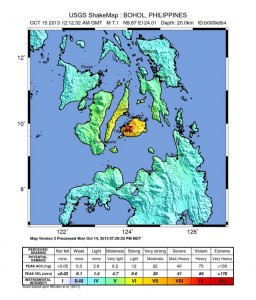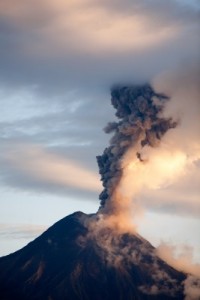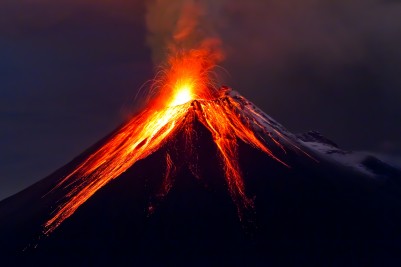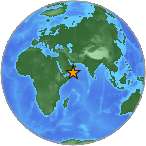
Large earthquakes rocked the Philippines, October 15, 2013.
A 7.2 magnitude quake rocked the central Philippines early Wednesday morning, October 15, 2013. The major quake was followed by 5.3, 5.4, and 5.3 magnitude quakes.
Tsunami warnings were not generated from these quakes.
Volcanoes
There are four active volcanoes in the Philippines to keep a watch on:
- Taal
- Mayon
- Bulusan
- Kanlaon
Earthquake History
The Philippines is no stranger to large earthquakes. The 5 largest earthquakes recorded in the Philippines are:
- 8.6 Sept 20, 1897
- 8.7 Sept 21, 1897
- 8.3 Aug 15, 1918
- 8.3 April 14, 1924
- 8.3 Jan 24, 1948
Volcanoes, earthquakes, typhoons, and tsunamis – oh my. What’s coming next?



